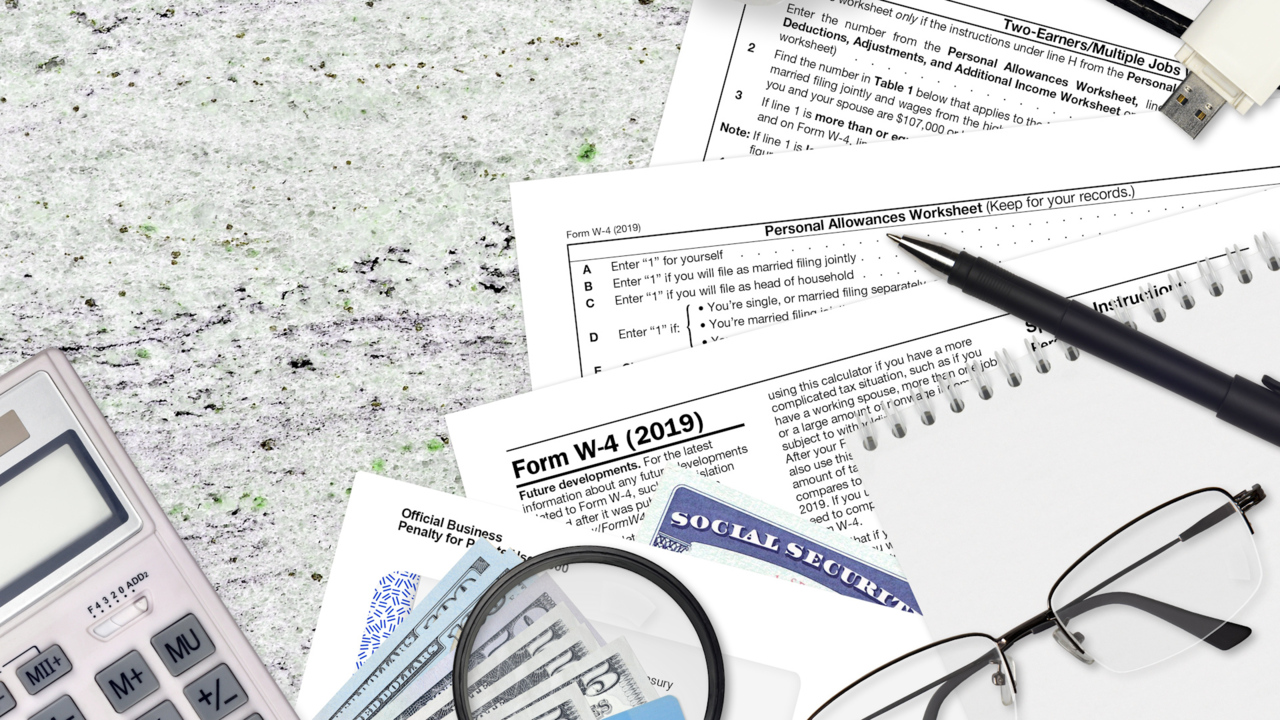
President Biden announced that he’s forgiving $10,000 to $20,000 of student loan debt to individuals who make less than $125,000 a year and couples making $250,000. Because of a provision in the American Rescue plan, the debt relief will not be considered taxable income at the federal level. But what about state income tax?
New analysis from the Tax Foundation shows borrowers in 13 states could be charged for this. Hawaii has the highest maximum likely tax liability of $1,100 and Pennsylvania has the lowest at about $300. The other states including Kentucky, Arkansas, Idaho, West Virginia, Mississippi and Massachusetts mostly range between 500 and 600 dollars.
Now this isn’t a done deal. These states could align themselves with the federal government and not consider the forgiven debt taxable income. To do that, they’d either need to pass legislation or make the change administratively. Most states do align with the federal government and nine states don’t have state income tax, so residents in those states won’t have to worry.






